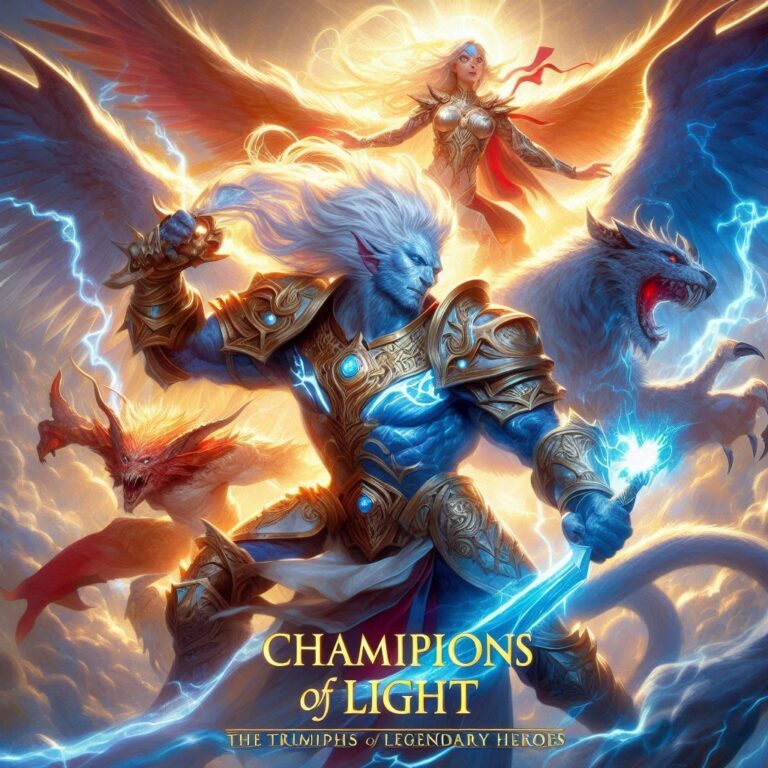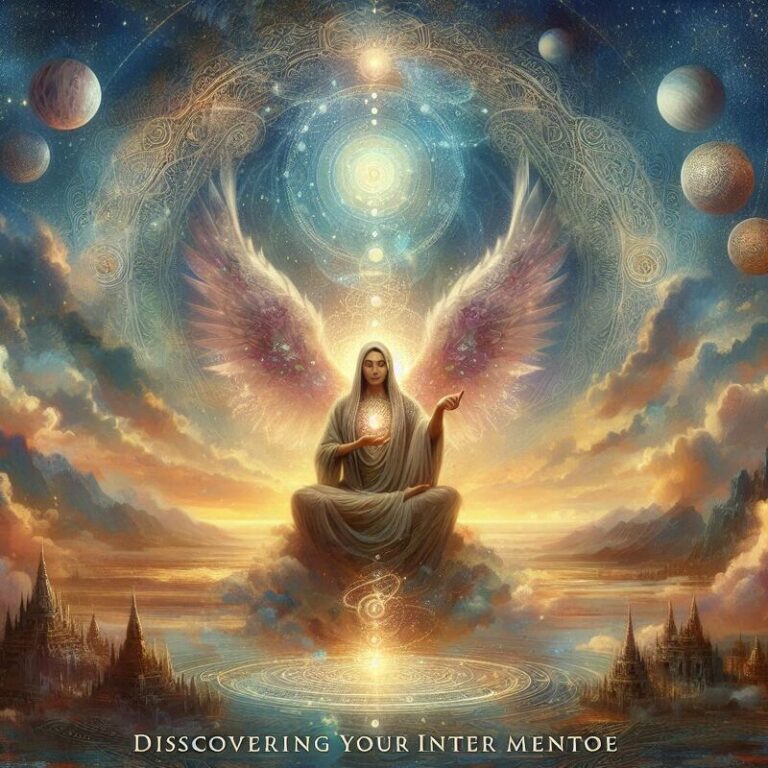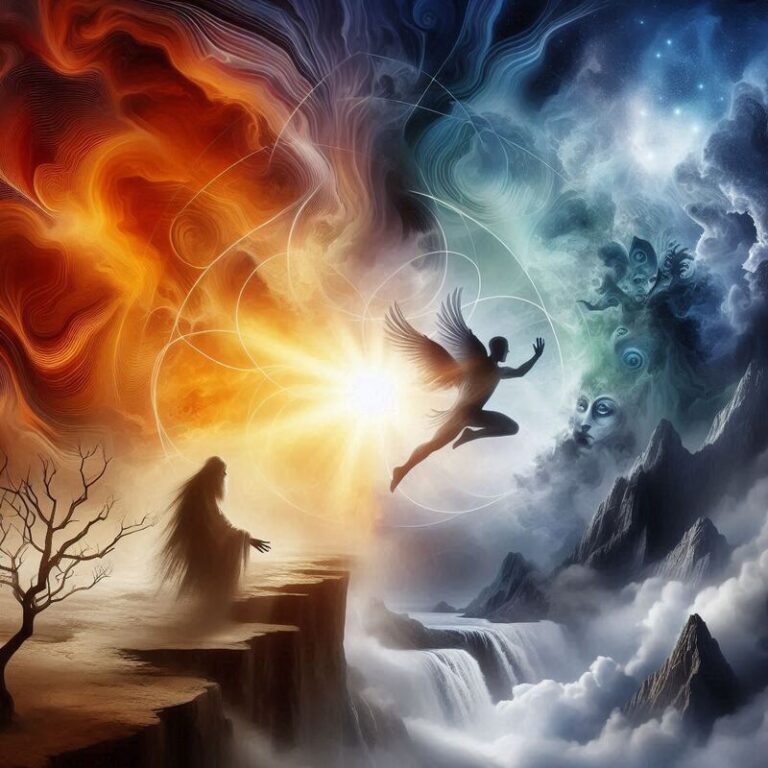The Essential Role of Villains in Myth and Legend
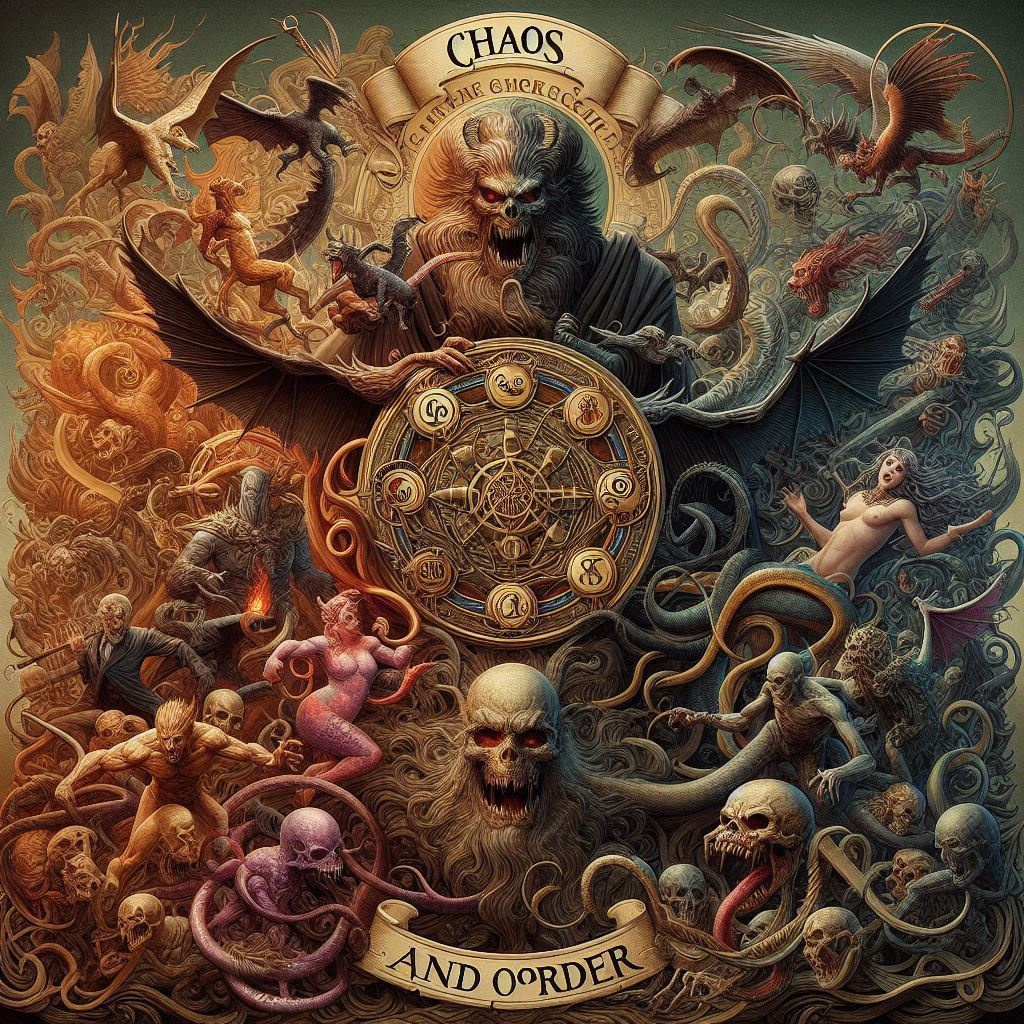
The Essential Role of Villains in Myth and Legend
Chaos and Order: The Essential Role of Villains in Myth and Legend
Throughout human history, stories have served as a fundamental way to understand the world and impart wisdom across generations. Central to these stories are the dichotomies that define the human experience—good and evil, light and darkness, chaos and order. While heroes often take center stage as the embodiments of virtues and ideals, villains play an equally crucial role. They represent the chaos that challenges the order, the darkness that defines the light. This article explores the essential role of villains in myth and legend, examining how they drive narratives, develop characters, and reflect the complexities of human nature.
The Essential Role of Villains in Myth and Legend
The Nature of Villains
Villains are more than just antagonists; they are the catalysts that propel the hero’s journey. In Joseph Campbell’s “The Hero with a Thousand Faces,” he outlines the monomyth or the hero’s journey, a narrative pattern that involves the hero facing a series of trials often instigated by a villain or dark force. These villains represent the chaos that disrupts the hero’s ordinary world, forcing them to embark on a transformative quest. The Essential Role of Villains in Myth and Legend
Villains in mythology and legend are often multifaceted characters whose motivations, though sometimes malevolent, can also be relatable or understandable. This complexity makes them compelling and integral to the story’s depth and message.
Archetypal Villains Across Cultures
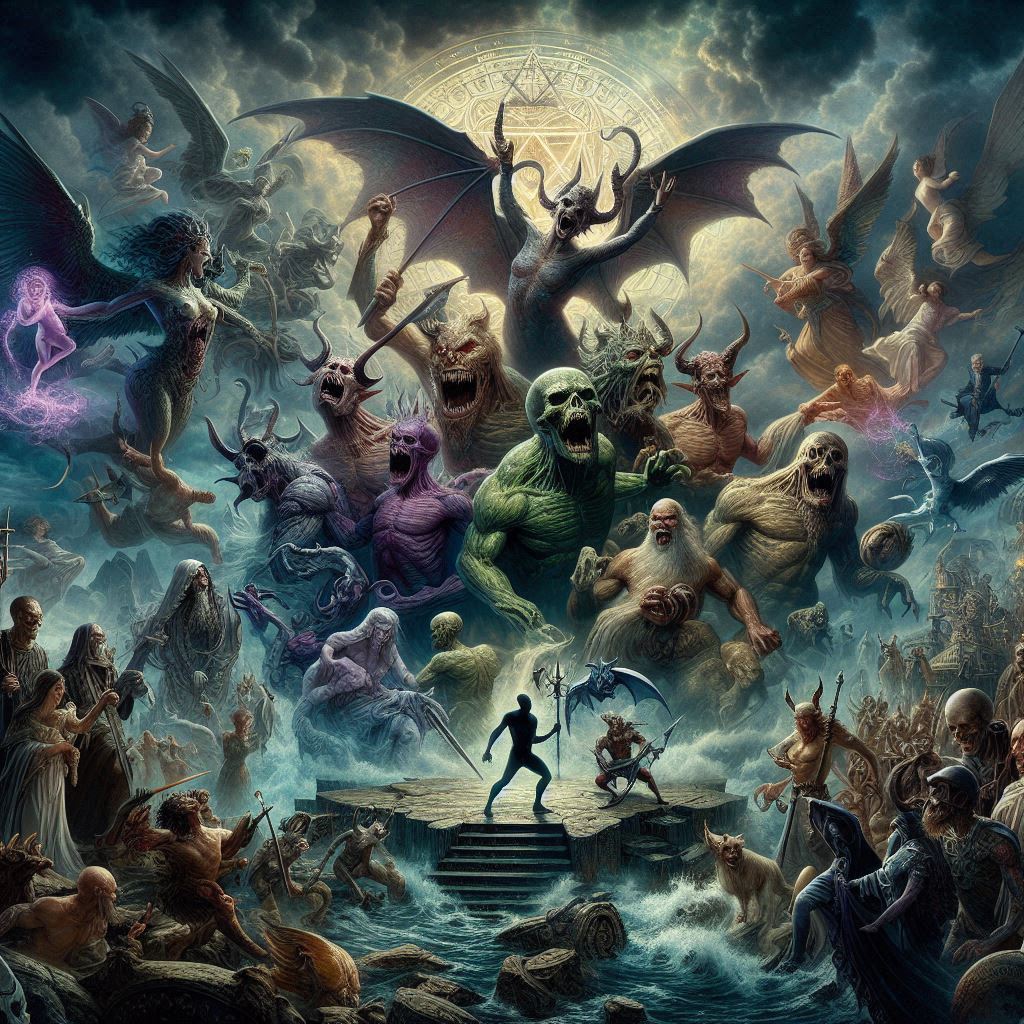
- Loki (Norse Mythology): Loki, the trickster god, embodies chaos and unpredictability. His actions, driven by a mix of malice and mischief, create turmoil among the gods. Yet, Loki’s cunning and cleverness also force the gods to adapt and grow stronger, highlighting the necessity of chaos in spurring growth and resilience.
- Hades (Greek Mythology): As the ruler of the underworld, Hades represents the inevitability of death and the unknown. Though often seen as a villain due to his association with death, Hades’ role is essential in maintaining the balance of life and death, order and chaos. His presence underscores the importance of accepting the darker aspects of existence. The Essential Role of Villains in Myth and Legend
- Ravana (Hindu Mythology): In the epic Ramayana, Ravana is a powerful and scholarly demon king whose abduction of Sita sets the stage for Lord Rama’s heroics. Despite his villainy, Ravana is portrayed with depth, showcasing his devotion to Shiva and his prowess in battle. His complexity makes him a formidable adversary and a vital part of Rama’s journey toward righteousness.
- Set (Egyptian Mythology): Set, the god of chaos, storms, and violence, is the antagonist to his brother Osiris and nephew Horus. Set’s actions disrupt the divine order, but his presence also highlights the importance of balance between order and chaos. His eventual defeat by Horus symbolizes the restoration of harmony and the triumph of order. The Essential Role of Villains in Myth and Legend
- Grendel (Anglo-Saxon Mythology): In the epic poem Beowulf, Grendel is a monstrous creature that terrorizes the kingdom of Hrothgar. Grendel’s attacks create the need for a hero, leading Beowulf to confront and defeat him. This struggle emphasizes the hero’s role in restoring order and peace, illustrating the necessity of villains in shaping heroic narratives.
Villains as Catalysts for Growth
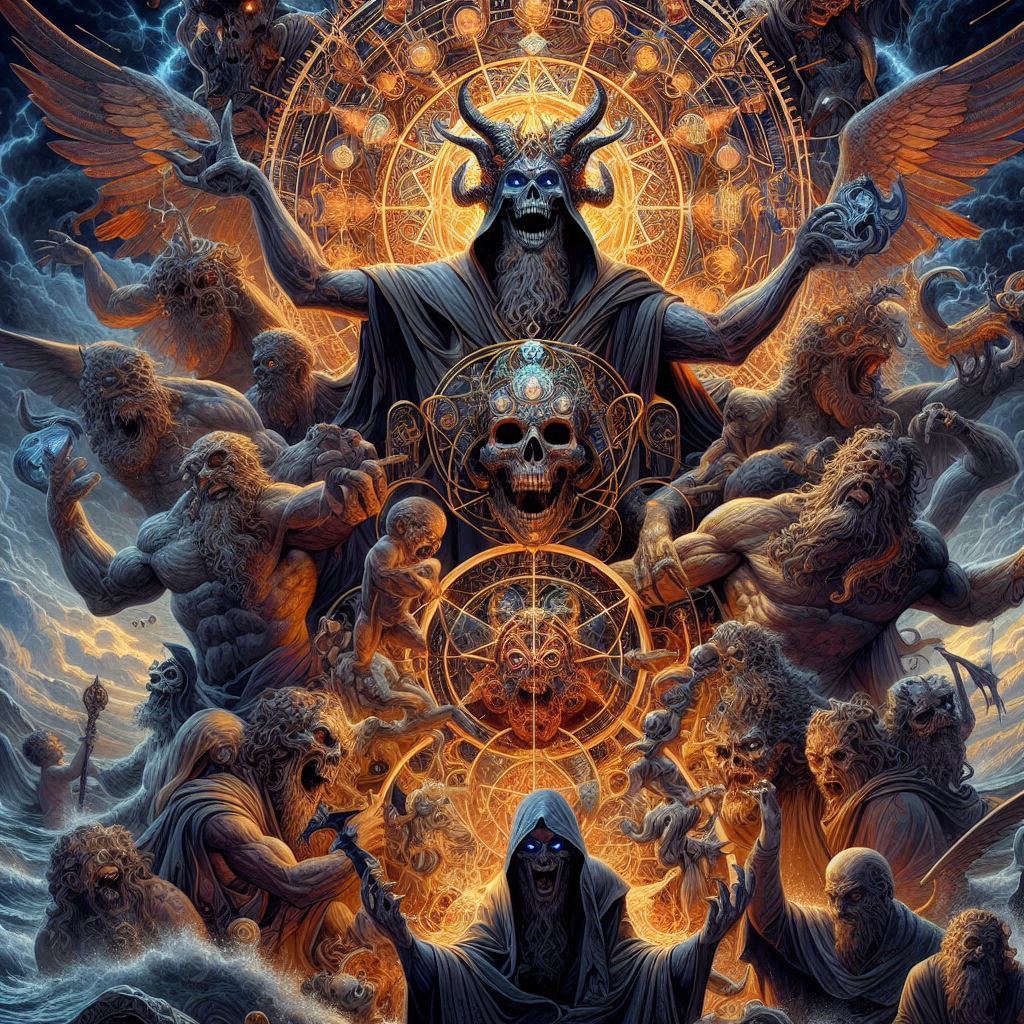
Villains serve as the primary force that challenges the hero, pushing them beyond their limits and compelling them to evolve. This dynamic is evident in various myths and legends where the hero’s growth is directly proportional to the villain’s threat.
- Testing the Hero’s Limits: Villains create obstacles that test the hero’s physical, mental, and moral fortitude. Hercules’ Twelve Labors, instigated by the goddess Hera’s hatred, pushed him to the edge of human capability and beyond, showcasing his superhuman strength and determination. The Essential Role of Villains in Myth and Legend
- Moral and Ethical Challenges: Villains often present ethical dilemmas that force heroes to define their values. In the Mahabharata, the complex character of Duryodhana embodies ambition and jealousy. His actions lead to the great war of Kurukshetra, forcing the heroes to navigate a web of moral complexities and uphold dharma (righteousness).
- Transformation and Redemption: In some stories, the confrontation with the villain leads to profound personal transformation for the hero. The biblical tale of David and Goliath is a prime example, where the young shepherd David, through his faith and bravery, defeats the giant Goliath, transforming into a revered leader and king. The Essential Role of Villains in Myth and Legend
Reflecting Human Nature
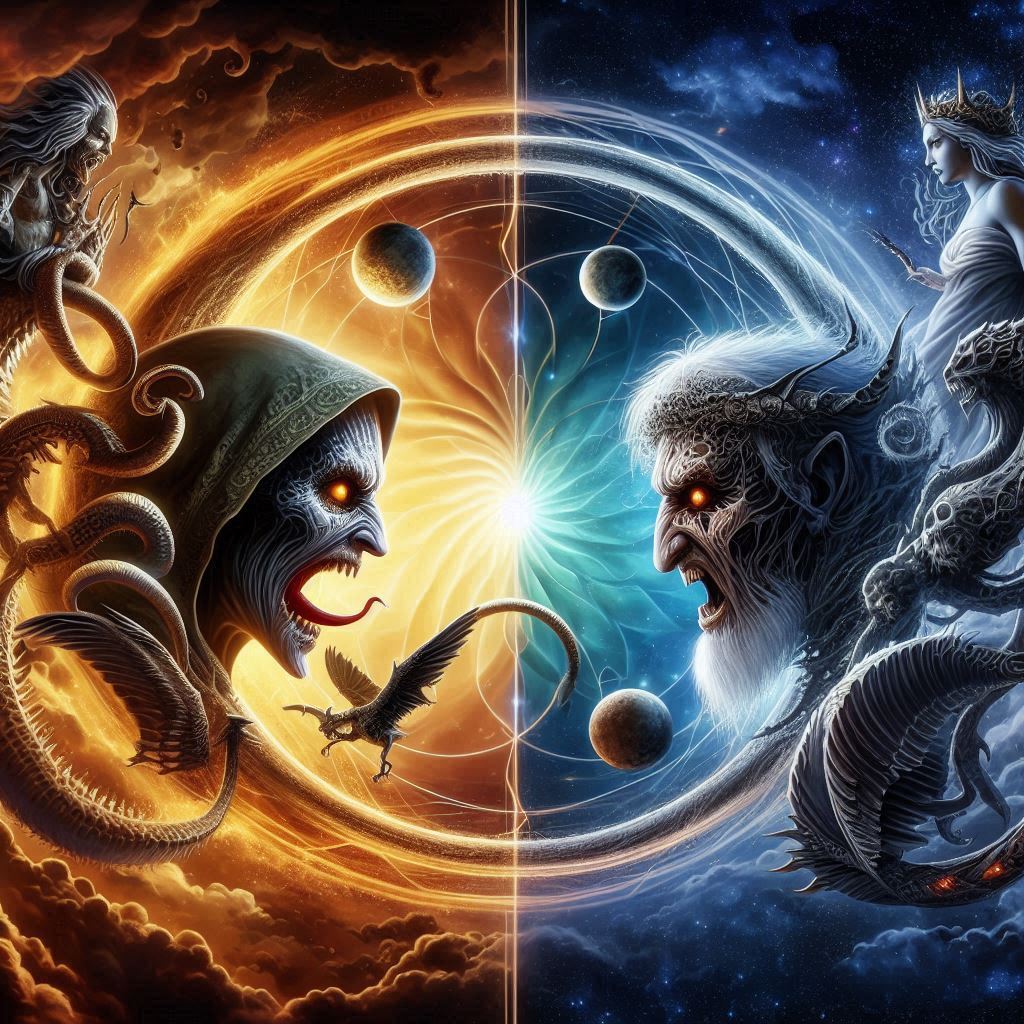
Villains in myth and legend are not just external threats; they often embody the darker aspects of human nature that exist within us all. This internal conflict is crucial for the hero’s journey, as it represents the struggle between the different facets of the human psyche.
- The Shadow Self: Carl Jung’s concept of the “shadow” refers to the unconscious part of the personality that contains repressed weaknesses and desires. Villains often represent this shadow, bringing to the surface the traits and impulses that heroes (and by extension, society) must confront and integrate. For example, the character of Darth Vader in Star Wars represents the shadow of Anakin Skywalker, embodying his fall from grace and the dark side of his potential.
- Moral Ambiguity: Many villains are not purely evil but possess qualities that can be seen as virtues in a different context. This moral ambiguity makes them more realistic and relatable. Characters like Magneto from X-Men, who fights for mutant rights through extreme measures, challenge the clear-cut dichotomy of good and evil, reflecting the complexities of real-world moral decisions. The Essential Role of Villains in Myth and Legend
- Catalysts for Self-Reflection: By facing villains, heroes—and audiences—are prompted to reflect on their own values and choices. The character of Thanos in the Marvel Cinematic Universe, with his radical plan to balance the universe by eradicating half of all life, forces characters and viewers alike to grapple with questions about sacrifice, morality, and the greater good.
Villains in Modern Storytelling
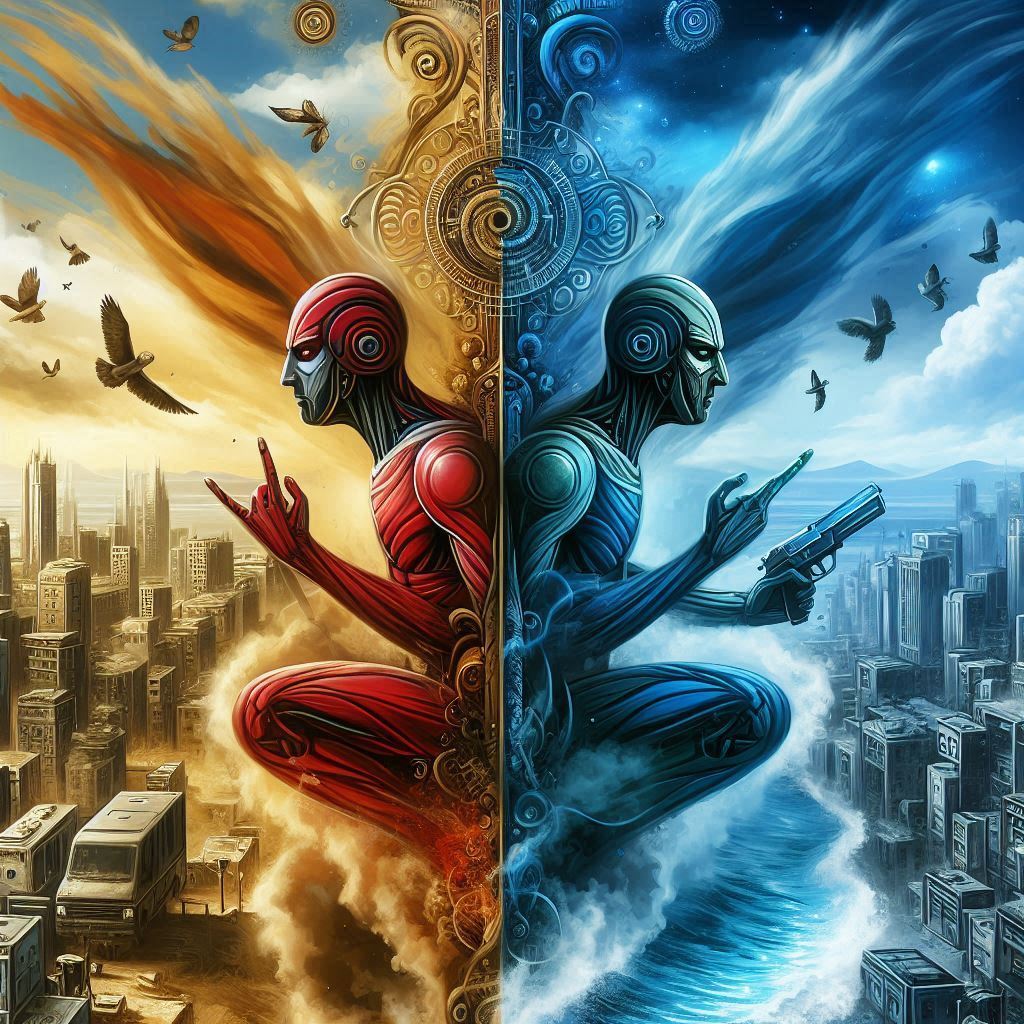
The Essential Role of Villains in Myth and Legend
The archetype of the villain continues to evolve in contemporary narratives, from literature and film to television and video games. Modern villains often possess intricate backstories that provide context for their actions, making them more three-dimensional and sympathetic.
- Complex Motivations: Villains like Killmonger in Black Panther and Walter White in Breaking Bad have motivations rooted in personal trauma and societal issues, making their descent into villainy understandable, if not justifiable. These characters highlight how personal and systemic injustices can lead individuals down dark paths.
- Redemption Arcs: Some modern stories explore the possibility of redemption for villains, adding layers to their character development. The arc of Severus Snape in the Harry Potter series reveals a character whose seemingly villainous actions are ultimately driven by love and sacrifice, challenging initial perceptions and adding depth to the narrative. The Essential Role of Villains in Myth and Legend
- Cultural Reflection: Villains in contemporary storytelling often reflect societal fears and anxieties. The portrayal of corporate villains, corrupt politicians, and ruthless dictators in modern media mirrors public concerns about power, corruption, and inequality, making these stories resonate deeply with audiences.
Conclusion
Villains are indispensable to the fabric of myth and legend, embodying the chaos that challenges the established order and propelling heroes toward growth and self-discovery. Their presence creates a dynamic interplay that defines the narrative, enriches character development, and reflects the complexities of human nature. By confronting villains, heroes (and audiences) navigate the moral and ethical landscapes that shape our understanding of good and evil, order and chaos. Through these timeless stories, we are reminded that it is often through facing the darkness that we find our true strength and clarity, forging a path toward a more profound understanding of ourselves and the world around us.
